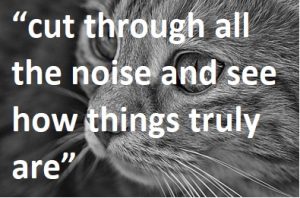 Ethnographic market research involves observation of participants going about their day-to-day lives (for example, using a product or service) in the normal environment that they would do so. It’s a method which aims to cut through all the noise and see how things truly are – often leading to breakthrough insights on market gaps, customer experience and brand identity.
Ethnographic market research involves observation of participants going about their day-to-day lives (for example, using a product or service) in the normal environment that they would do so. It’s a method which aims to cut through all the noise and see how things truly are – often leading to breakthrough insights on market gaps, customer experience and brand identity.
The benefits of this research technique are connected to how it allows you to observe behaviour as it actually occurs, without relying on participants to tell you what they do. Some people may not be able to effectively articulate what a product would mean to their life or what changes would be required to make to an existing product to make it better suited to them.
At CM Research, we believe that ethnographic research can be a very valuable data collection method. For example, we’ve recommended this technique to clients looking to understand how their blood chemistry diagnostic product is used by staff members in veterinary practices and what barriers are preventing them from utilising all the features available. We’re lucky to have a team of researchers who have brought a wealth of expertise to the company – including experience conducting observational shopper research which provided a detailed understanding of factors influencing consumers when they purchase pet food.
However, using this method effectively revolves around the skill of the researcher. A number of our researchers come from anthropological and social research academic backgrounds which is where the practice of conducting ethnography originated before it was adapted by the market research industry. Observational research involves the collection and analysis of an extremely large amount of data on a small number of subjects in a narrow context. In order to see through the sheer quantity of information, our researchers unpick the details that are relevant to the research project and help you to see a cohesive ‘golden thread’ or ‘story’.
Ethnographic research can take the form of a different methods:
- Full immersion in a community or culture;
- A combination of observation and semi-structured interviews;
- Direct observation;
- Using ethnography to test the validity of insights collected at other stages in the research (i.e. is what people say they do really what they are doing?)
- Web ethnography, which looks at a participants’ online behaviour through specialist software which allows a researcher to see what the participant sees and record their online activity.
Ethnography can be challenging to implement because it requires a high level of cooperation on the part of the participant. Building rapport between interviewer and participant is crucial to avoiding the “observer effect” – a term used to describe most people’s inclination to change the way the carry out tasks and go about day-to-day life in order to present the best version of themselves, or the things that might interest the researcher, when they know they are being observed. This can be addressed through careful planning and investment in building trust. We know how important it is that participants feel confident in expressing themselves honestly, so we invest a lot of time ensuring that our panellists trust us and are prepared to share their thoughts, feelings and opinions. Having a pre-existing connection with potential participants (both veterinarians and pet owners) means that we’re able to offer a quicker set-up time and therefore cost-effective solution to clients.
Overall, the success of an ethnographic research project swings on the experience and skill of the researcher but if you get this aspect right then this method can provide you with a deep and detailed understanding of your target market.
We are really passionate about what we do and we love a good chat too. If you would like to know more about this report or get a sample results from our previous reports, just get in touch here.

